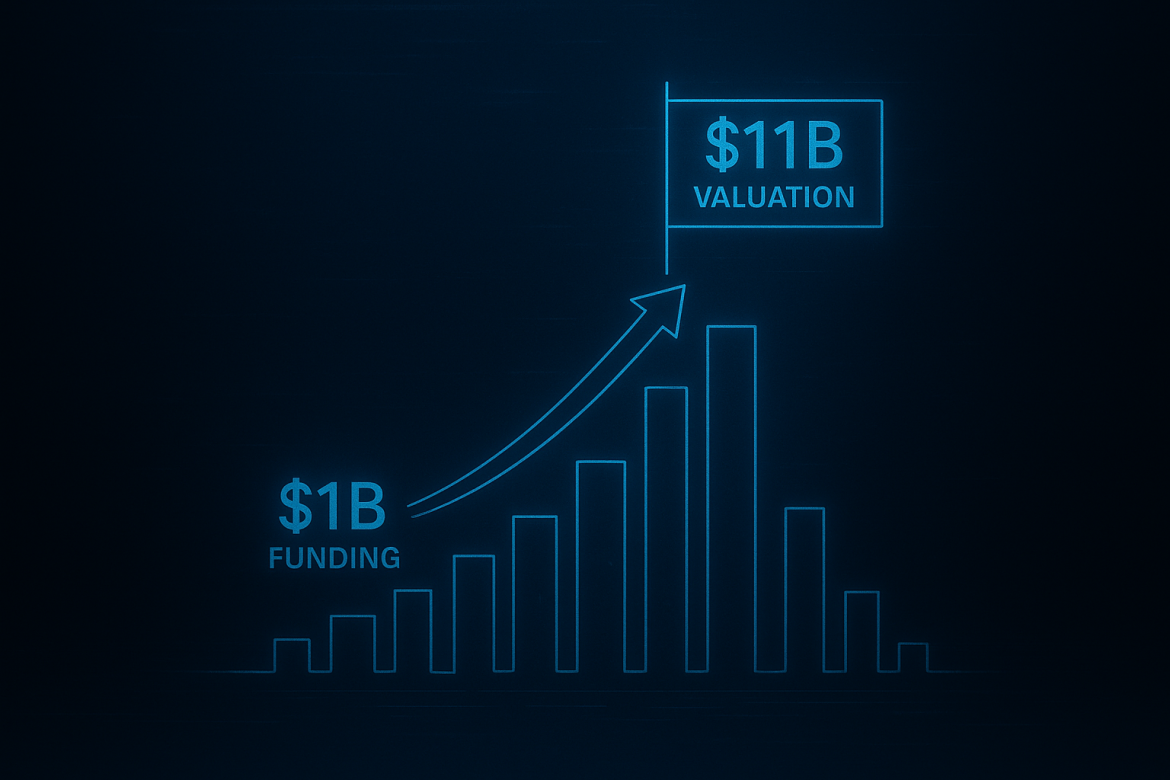Kalshi built $1.2B in weekly volume with US users alone. Polymarket built $952M with everyone else, per Defi Rate analytics.
Kalshi has raised $1 billion in new funding at an $11 billion valuation, per TechCrunch. The round, led by returning investors Sequoia and CapitalG, comes less than two months after the prediction market operator closed a $300 million round at a $5 billion valuation.
The fundraise arrives alongside a notable data point: Kalshi now generates more weekly trading volume than Polymarket, despite having built its user base almost entirely with American traders.
Geographic context matters
Polymarket was barred from serving US residents from 2022 until September 2025. During that three-year period, the platform built its liquidity with traders from Europe, Asia, and elsewhere.
Kalshi, by contrast, operated as a US-only exchange until October 10, when it announced expansion to 140 countries. That expansion is six weeks old, and per Sportico, international access remains inconsistent. Traders in India, Brazil, Nigeria, and Finland have posted on Discord and X that they cannot register accounts.
It’s fair to assume Kalshi’s current volume is based on US users.
This reframes the comparison in two ways. First, the US alone is generating more prediction market activity than the rest of the world combined—a testament to American appetite for event trading. Second, Kalshi captured that market while Polymarket was locked out of it.
Per-market liquidity still favors Polymarket
The aggregate numbers obscure a significant gap in individual market depth. Polymarket’s highest-volume contract—Super Bowl Champion 2026—has generated $160.7 million in trading volume over the past 30 days. Kalshi’s leading market, the Federal Reserve’s December 2025 interest rate decision, has produced $3.5 million.
Where identical events trade on both platforms, the spread is substantial. The December Fed decision shows $120.9 million in volume on Polymarket versus $3.5 million on Kalshi. The 2028 Democratic Presidential Nominee market shows $104.3 million on Polymarket versus $1 million on Kalshi.
This gap likely reflects Polymarket’s three-year head start building liquidity in high-profile markets. It may also reflect user composition: Polymarket’s crypto-native audience—users depositing USDC and connecting wallets—skews toward larger position sizes. Kalshi’s fiat on-ramps and Robinhood integration (25-35% of volume) attract a different profile.
Valuation context
Kalshi’s $11 billion valuation arrives as the company reports $50 billion in annualized trading volume, per the New York Times—a more than one-hundred-fold increase from approximately $300 million the prior year.
Polymarket, which received CFTC approval to serve US customers in September, is reportedly in discussions to raise additional capital at a $12 billion to $15 billion valuation, per Bloomberg.
The US market will decide the category
Both platforms now have US regulatory authorization and global ambitions. Kalshi secured the right to serve American users after prevailing in litigation against the CFTC last year, though it continues to face challenges from state regulators who contend its contracts constitute illegal gambling.
The data above suggests American traders generate more prediction market volume than the rest of the world combined. Whoever wins the US market will likely define the category.
Kalshi is betting that regulatory legitimacy and traditional finance integrations—Robinhood, bank accounts, potential brokerage partnerships—will pull mainstream users away from crypto rails. Polymarket is betting that liquidity begets liquidity: traders go where the depth is, and three years of accumulated market-making in high-profile contracts creates a moat that fiat on-ramps alone cannot breach.
Both will be tested over the next year as the platforms compete for the same users for the first time.

